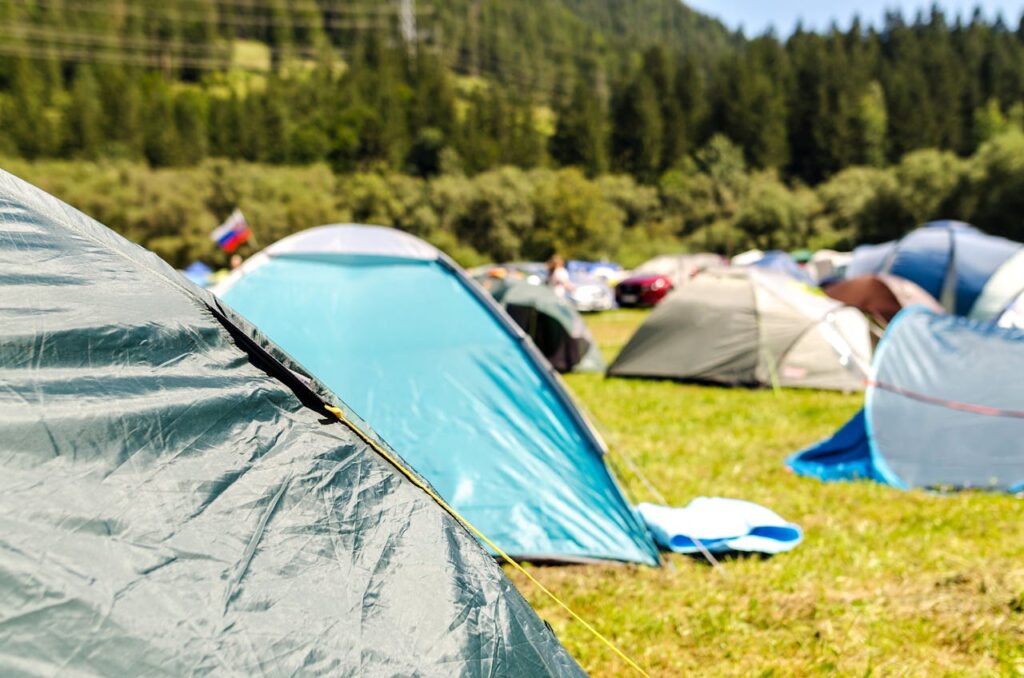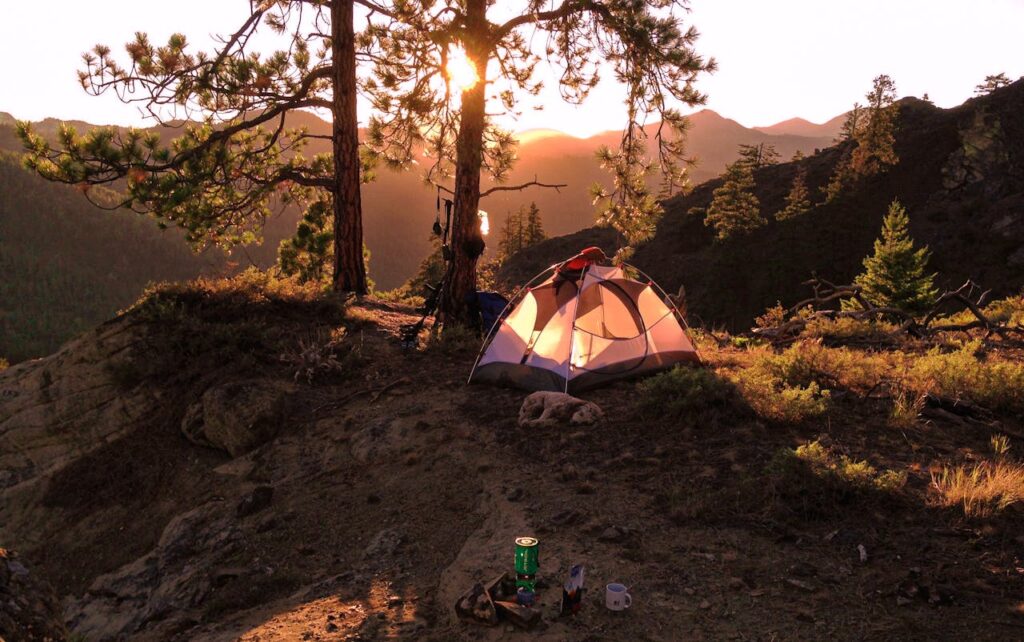
Discovering Nature’s Bounty at the Water’s Edge
As I stood on the rocky shores of Loch Ness, the gentle lapping of the waves against the banks provided a soothing soundtrack to my foraging adventure. The air was crisp and invigorating, carrying the earthy scents of the nearby forest and the briny tang of the ancient loch. I couldn’t wait to uncover the hidden culinary treasures that lay waiting among the nooks and crannies of this enchanting landscape.
My journey had begun with a simple stroll along the Loch Ness Shores campsite, where I had set up my cozy tent just a stone’s throw away from the水’s edge. As I meandered along the winding trails, my eyes scanned the undergrowth, searching for any signs of edible plants or fungi that could transform my campfire meals into something truly extraordinary.
Uncovering Edible Gems
To my delight, the Scottish Highlands proved to be a forager’s paradise. At every turn, I discovered an array of wild edibles, each with its own unique flavor and story. One of the first plants I encountered was the humble dandelion, its cheerful yellow flowers dotting the lush green carpet of the forest floor. While many people tend to view dandelions as pesky weeds, I knew that their leaves and roots were not only edible but also packed with a impressive nutritional punch. Dandelion greens are rich in vitamins A, C, and K, as well as minerals like iron and calcium, making them a valuable addition to any forager’s repertoire.
As I ventured deeper into the woods, I stumbled upon a treasure trove of wild mushrooms, each one more captivating than the last. Carefully identifying each species to ensure they were safe for consumption, I marveled at the diversity of shapes, colors, and textures. From the delicate, lacy parasol mushrooms to the earthy, robust porcini, each one promised to add a unique depth of flavor to my culinary creations.
Foraging Feasts and Campfire Cuisine
As the sun began to dip behind the majestic hills, I returned to my campsite with my foraging bounty, eager to transform these natural wonders into a sumptuous feast. I carefully cleaned and prepared the edible plants and mushrooms, meticulously removing any potentially harmful parts and ensuring they were free from any contaminants.
Over the crackling campfire, I sautéed the dandelion greens with a touch of garlic and a drizzle of olive oil, their bittersweet flavor mingling with the smoky aroma of the flames. Alongside, I roasted the porcini mushrooms, their earthy notes complementing the char of the fire-kissed caps. The parasol mushrooms, with their delicate texture and subtle flavor, were the perfect addition to a simple but delicious pasta dish, tossed with a few handfuls of fresh wild herbs.
As I savored each bite, I couldn’t help but feel a deep sense of connection to the land. The flavors of the Highlands were alive in my mouth, a symphony of scents and textures that transported me to a world of culinary wonder. It was as if the very essence of this magical place had been distilled into each mouthful, a testament to the abundance and diversity of nature’s gifts.
Foraging Wisdom and Local Lore
My foraging adventures around Loch Ness didn’t just yield a bounty of edible delights; they also opened a window into the rich cultural heritage of the Scottish Highlands. As I explored the trails and spoke with local foragers and naturalists, I learned about the deep-rooted traditions and ancient knowledge that had been passed down through generations.
One particularly fascinating encounter was with a weathered old crofter who had spent his entire life in the shadow of Loch Ness. He regaled me with tales of his ancestors, who had sustained themselves through the harsh winters by relying on the bountiful wild foods that the land provided. From the tender young nettles that were transformed into hearty soups to the vibrant wild berries that were carefully preserved for the leaner months, every plant and fungus had a story to tell.
| Plant/Fungus | Culinary Use | Nutritional Benefits |
|---|---|---|
| Dandelion | Leaves and roots used in salads, sautés, and teas | Rich in vitamins A, C, and K, as well as iron and calcium |
| Parasol Mushroom | Sautéed, roasted, or added to pasta and risotto dishes | High in protein, fiber, and various antioxidants |
| Porcini Mushroom | Grilled, sautéed, or used in stews and sauces | Packed with vitamins, minerals, and immunity-boosting compounds |
As I listened, I couldn’t help but be in awe of the deep connection these people had to the land and the invaluable knowledge they had accumulated over the centuries. It was a humbling reminder that the act of foraging was not merely about gathering food, but rather a profound exploration of the symbiotic relationship between humans and their natural environment.
A Foraging Legacy
As I reluctantly bid farewell to the shores of Loch Ness, I knew that this foraging adventure had left an indelible mark on my soul. The flavors, the stories, and the sense of connection I had experienced would linger long after I had returned home.
In the days that followed, I found myself eagerly sharing my newfound knowledge with friends and family, extolling the virtues of wild edibles and the importance of sustainable foraging practices. I even started planning a return visit to the Loch Ness Shores campsite, eager to delve deeper into the culinary secrets of this enchanting region.
For me, the true treasure of this foraging journey wasn’t just the delicious meals I had created, but the profound appreciation I had gained for the natural world and the rich cultural heritage that it holds. The Scottish Highlands had opened my eyes to a whole new way of experiencing the land, and I couldn’t wait to continue this journey of discovery, one foraging adventure at a time.

